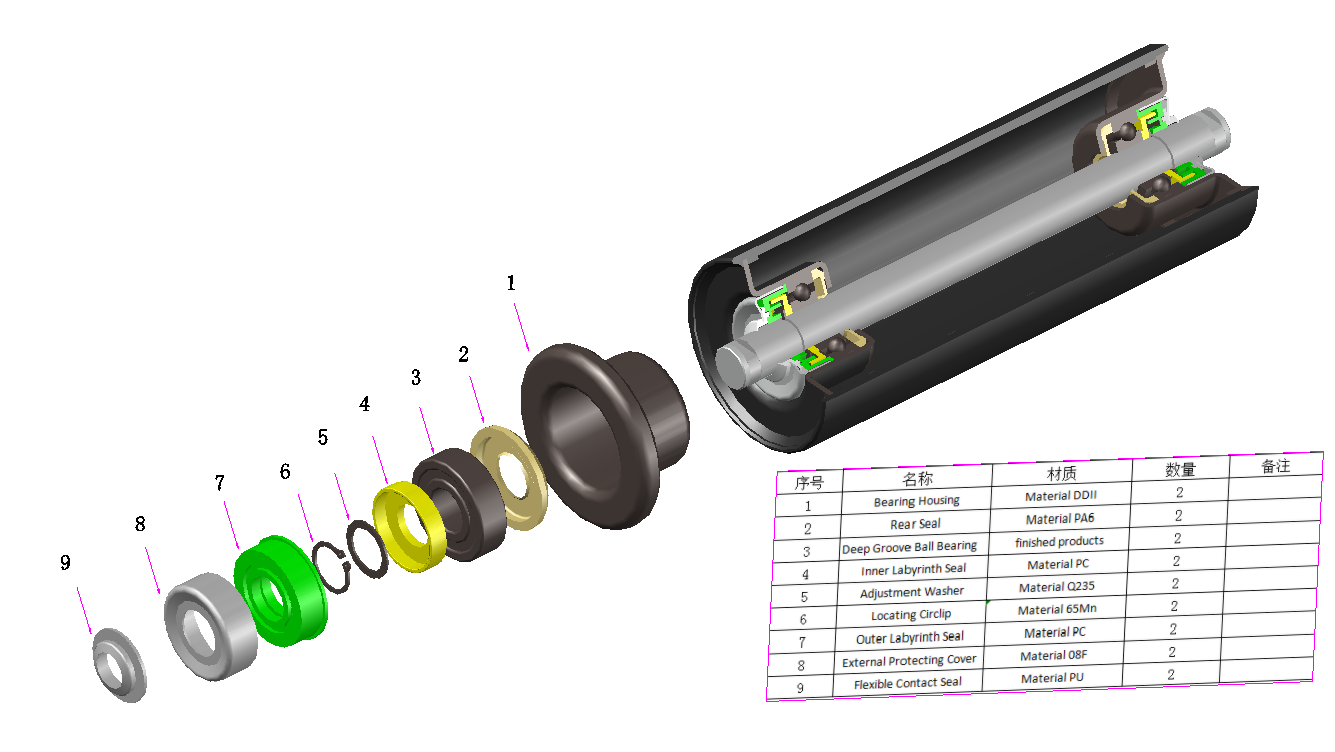 Afrikaans
Afrikaans  Albanian
Albanian  Amharic
Amharic  Arabic
Arabic  Armenian
Armenian  Azerbaijani
Azerbaijani  Basque
Basque  Belarusian
Belarusian  Bengali
Bengali  Bosnian
Bosnian  Bulgarian
Bulgarian  Catalan
Catalan  Cebuano
Cebuano  Corsican
Corsican  Croatian
Croatian  Czech
Czech  Danish
Danish  Dutch
Dutch  English
English  Esperanto
Esperanto  Estonian
Estonian  Finnish
Finnish  French
French  Frisian
Frisian  Galician
Galician  Georgian
Georgian  German
German  Greek
Greek  Gujarati
Gujarati  Haitian Creole
Haitian Creole  hausa
hausa  hawaiian
hawaiian  Hebrew
Hebrew  Hindi
Hindi  Miao
Miao  Hungarian
Hungarian  Icelandic
Icelandic  igbo
igbo  Indonesian
Indonesian  irish
irish  Italian
Italian  Japanese
Japanese  Javanese
Javanese  Kannada
Kannada  kazakh
kazakh  Khmer
Khmer  Rwandese
Rwandese  Korean
Korean  Kurdish
Kurdish  Kyrgyz
Kyrgyz  Lao
Lao  Latin
Latin  Latvian
Latvian  Lithuanian
Lithuanian  Luxembourgish
Luxembourgish  Macedonian
Macedonian  Malgashi
Malgashi  Malay
Malay  Malayalam
Malayalam  Maltese
Maltese  Maori
Maori  Marathi
Marathi  Mongolian
Mongolian  Myanmar
Myanmar  Nepali
Nepali  Norwegian
Norwegian  Norwegian
Norwegian  Occitan
Occitan  Pashto
Pashto  Persian
Persian  Polish
Polish  Portuguese
Portuguese  Punjabi
Punjabi  Romanian
Romanian  Russian
Russian  Samoan
Samoan  Scottish Gaelic
Scottish Gaelic  Serbian
Serbian  Sesotho
Sesotho  Shona
Shona  Sindhi
Sindhi  Sinhala
Sinhala  Slovak
Slovak  Slovenian
Slovenian  Somali
Somali  Spanish
Spanish  Sundanese
Sundanese  Swahili
Swahili  Swedish
Swedish  Tagalog
Tagalog  Tajik
Tajik  Tamil
Tamil  Tatar
Tatar  Telugu
Telugu  Thai
Thai  Turkish
Turkish  Turkmen
Turkmen  Ukrainian
Ukrainian  Urdu
Urdu  Uighur
Uighur  Uzbek
Uzbek  Vietnamese
Vietnamese  Welsh
Welsh  Bantu
Bantu  Yiddish
Yiddish  Yoruba
Yoruba  Zulu
Zulu carrying idler frame
Understanding the Carrying Idler Frame A Key Component in Conveyor Systems
In the realm of industrial automation and material handling, the efficiency of conveyor systems is paramount. One critical component that often goes unnoticed yet plays a vital role in these systems is the carrying idler frame. This article delves into the significance, design considerations, and operational benefits of carrying idler frames, shedding light on their crucial function in the smooth operation of conveyor belts.
What is a Carrying Idler Frame?
A carrying idler frame is a structural supporting element that houses a series of rollers, known as idlers, along a conveyor belt. These rollers are responsible for supporting the weight of the conveyed material while ensuring the smooth movement of the belt. The carrying idler frame is typically positioned at regular intervals along the conveyor's length, providing stability and alignment to the belt as it operates.
Importance of Carrying Idler Frames
The primary function of carrying idler frames is to bear the load of the materials being transported on the conveyor system. They help distribute the weight evenly across the belt, reducing the risk of wear and tear. By maintaining proper tension and alignment of the belt, these frames play a crucial role in minimizing friction, which can lead to increased energy consumption and premature equipment failure.
Moreover, carrying idler frames are essential for maintaining the intended path of the conveyor belt. A well-aligned belt ensures that materials are transported efficiently, reducing the likelihood of spillage and contamination. This is particularly important in industries such as mining and food processing, where product integrity is paramount.
Design Considerations
When designing carrying idler frames, several key factors must be taken into account
1. Material Selection The frame needs to be constructed from durable materials capable of withstanding harsh environmental conditions. Common materials include steel and high-strength polymers, chosen for their resistance to corrosion, impact, and wear.
carrying idler frame

2. Load Capacity The design must account for the maximum load expected on the conveyor belt. Engineers must calculate the weight of the materials plus any additional dynamic forces that may occur during operation, ensuring that the idler frames can support these loads without deformation.
3. Roller Configuration The arrangement of the rollers within the idler frame significantly affects the belt's performance. Various configurations, such as troughing idlers or flat idlers, can be employed depending on the type of materials being transported and the desired efficiency.
4. Maintenance Accessibility To prolong the lifespan of both the idler frames and the conveyor system, it is essential to design for easy access during maintenance. Regular inspections and replacements of rollers will enhance operational longevity and safety.
Operational Benefits
Implementing high-quality carrying idler frames can lead to several operational benefits
- Increased Efficiency A well-designed carrying idler frame reduces friction and resistance, leading to smoother belt movement and less energy consumption. This efficiency contributes to lower operational costs over time.
- Enhanced Longevity With proper support and load distribution, the wear and tear on the belt is minimized. This results in an extended lifespan for both the conveyor belt and the idler frames, reducing the need for frequent replacements.
- Improved Safety By maintaining proper alignment and load support, carrying idler frames contribute to safer working conditions. A stable conveyor system reduces the likelihood of dangerous spills or equipment failures that could pose risks to personnel.
Conclusion
The carrying idler frame may not be the most glamorous element of a conveyor system, but its importance cannot be overstated. By providing the necessary support and stability for the conveyor belt, these frames enhance operational efficiency, safety, and longevity. As industries continue to prioritize automation and efficiency, understanding and investing in components like carrying idler frames will remain crucial for achieving optimal performance in material handling applications.
-
Trusted Conveyor Solutions from Leading Conveyor Idler Roller ManufacturersNewsJun.27,2025
-
Reliable Return Idler Solutions for Efficient Belt Conveyor SystemsNewsJun.27,2025
-
Precision Conveyor Accessories for Streamlined Material HandlingNewsJun.27,2025
-
High-Quality Belt Conveyor Idler Solutions for Efficient Material HandlingNewsJun.27,2025
-
High-Performance Belt Conveyor Pulleys for Reliable Material HandlingNewsJun.27,2025
-
Enhancing Material Handling EfficiencyNewsJun.27,2025





























